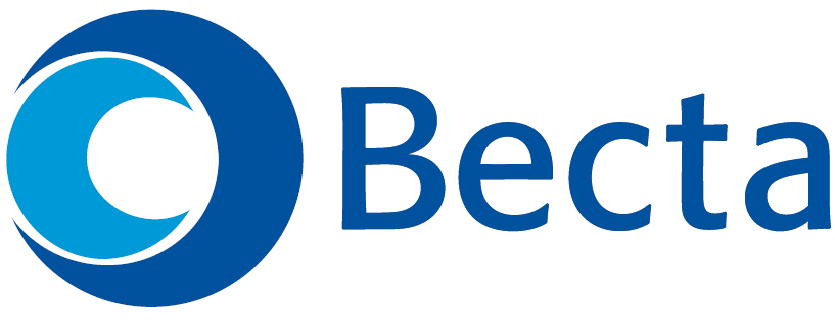|




| |
Case Study 12: Logic as a computer language for
children
|
Principle researchers |
Robert Kowalski
Richard Ennals
Jonathan Briggs |
|
Contact |
Richard Ennals,
Kingston Business School,
Kingston Hill,
Kingston-Upon-Thames,
Surrey,
KT2 7LB
Tel: 020 8547 2000 x65242 |
|
Dates |
1981-1982 |
|
Description |
LOGO was
created at Bolt, Beranek and Newman in 1967 by a team that included Seymour
Papert who went on to pioneer its use in schools to create a "mathland"
where children could play with words and sentences. Modeled on LISP, the
design goals of Logo included accessible power and informative
error messages (Papert 1980). The use of virtual Turtles allowed for
immediate visual feedback and debugging.
The later
development of PROLOG around 1972 was motivated in part by the desire to
reconcile the use of logic as a declarative knowledge representation
language with the procedural representation of knowledge that was popular in
North America in the late 1960s and early 1970s. Unlike languages such as
Fortran, Basic and Algol in which the programmer encodes an algorithmic
solution to a problem, PROLOG works with a description of the problem and
generates logical solutions.
In 1980, a
version of PROLOG called microPROLOG became available and the project "Logic
as a Computer Language for Children", based at Imperial College started to
explore its application in the classroom. The premise was microProlog
contributes to promoting logical thinking for use throughout the school
curriculum and that it can stand as a subject on its own. that Evaluations
were conducted in a number of schools and colleges, and courses were held
for teachers in various parts of England. Ennels (1983) remarked on the
quickness that children could learn microProlog, building their own
databases and formulate queries, so promoting clear thinking and expresssion. |
|
References |
Ennals, R (1983) Beginning micro-Prolog,
Chichester, Ellis Horwood.
Kowalski R (1984) Logic as a computer language for
children in Yazdani M (Ed) New Horizons in Educational Computing
, Chichester, Ellis Horwood. Pp121-144.
Papert, S. (1980) Mindstorms: Children, computers and
powerful ideas, Brighton, Harvester. |
|
